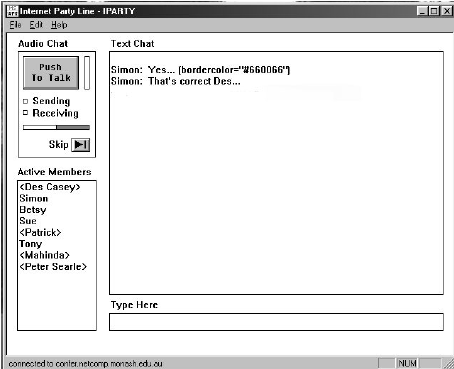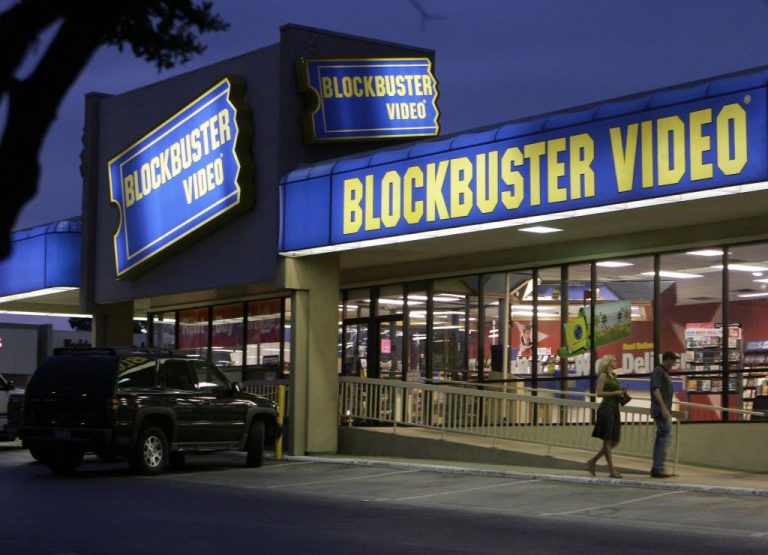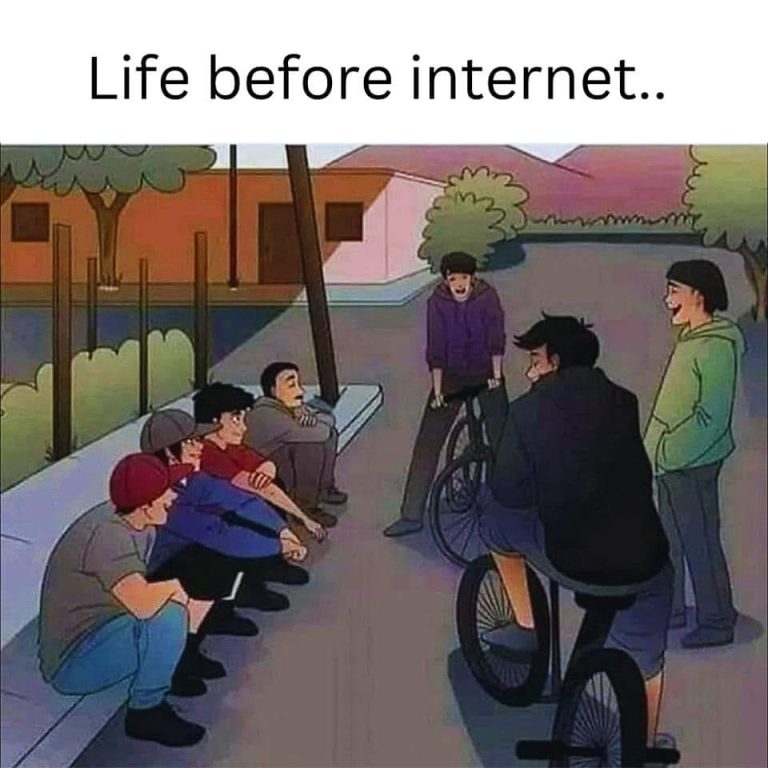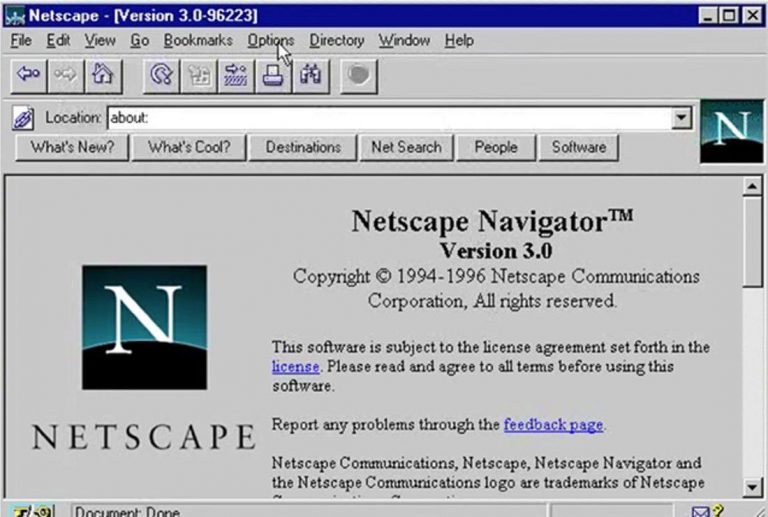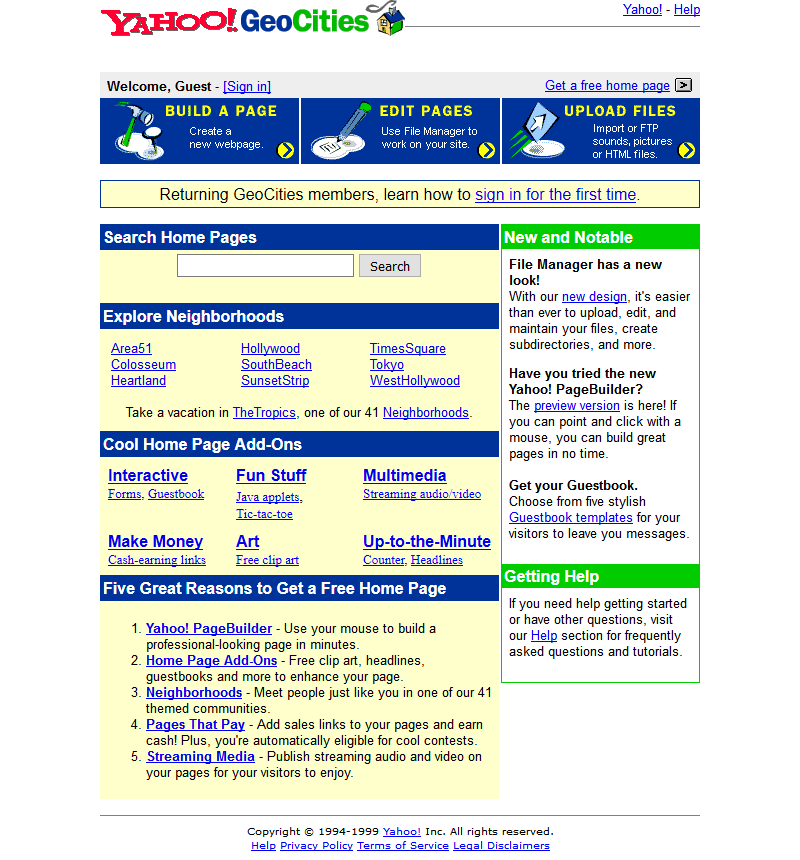
In the early days of the internet, before the rise of social media and content management systems, there was Yahoo GeoCities. Launched in 1994, GeoCities was a web hosting service that allowed users to create and publish their own websites for free. With its easy-to-use interface and vibrant online communities, GeoCities quickly became a cornerstone of the early internet, paving the way for the user-generated content that dominates the web today.
One of the most distinctive features of GeoCities was its neighborhood system. Users could choose to host their websites in different virtual neighborhoods based on their interests, such as “SiliconValley” for technology enthusiasts or “Hollywood” for movie buffs. This fostered a sense of community among users and encouraged collaboration and creativity.
GeoCities was also known for its colorful and often quirky website designs. Users could customize their pages with a variety of backgrounds, fonts, and graphics, resulting in a unique and eclectic mix of personal expression that defined the early internet.
In 1999, Yahoo acquired GeoCities for $3.57 billion, hoping to integrate the service into its existing suite of online offerings. However, as the internet evolved and more sophisticated web hosting options emerged, GeoCities began to decline in popularity. In 2009, Yahoo announced that it would be shutting down GeoCities, leading to a massive effort to preserve the service’s content and history.
Today, GeoCities lives on through archival projects like the Internet Archive and ReoCities, which allow users to explore and revisit the early days of the internet. While the service may be long gone, its impact on the evolution of the web and the development of online communities remains a testament to the power of user-generated content and the spirit of innovation that defined the early internet era.





